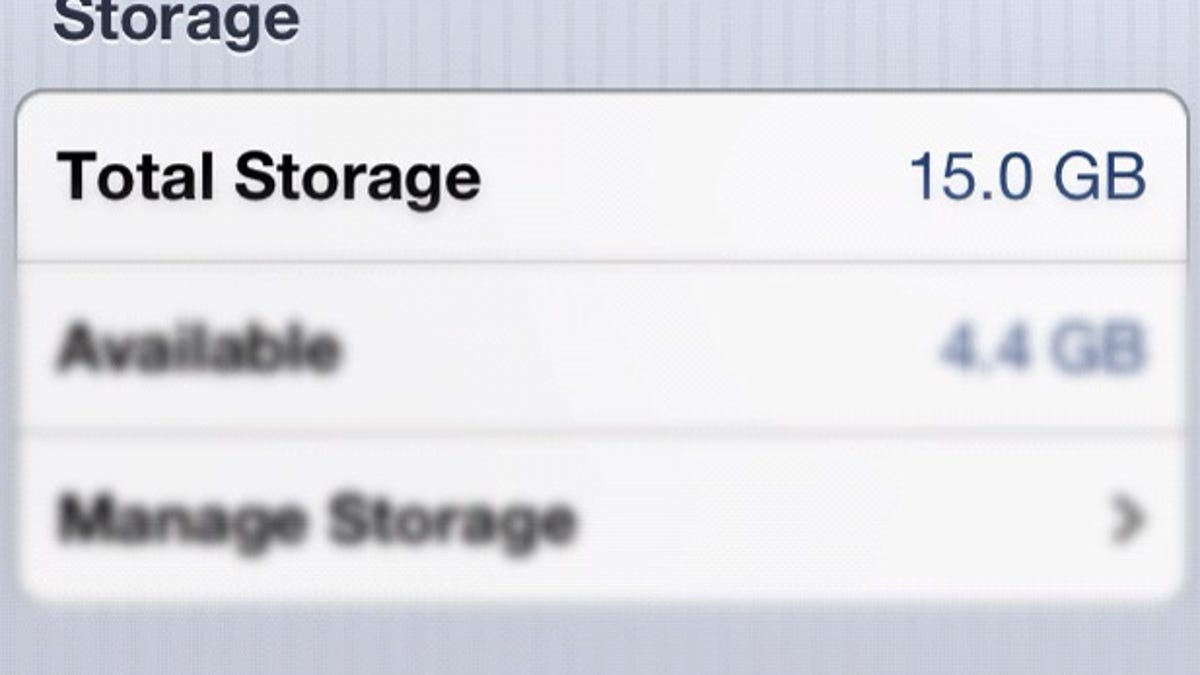iOS, Android apps are porking up, research firm says
According to a new study, the average size of iOS and Android apps is on the rise, something to consider when buying a smartphone.

The size of the average mobile application is on the rise, according to the results of a new study.
As part of its Mobile Application Markets research report, ABI Research today said that the size of the average iOS application last month was 16 percent greater than in March, with even larger growth in some specific app categories.
The big standout, the firm says, were games. In September, the average game was 60MB, up 42 percent from the average in March.
Why exactly are these apps expanding in size? ABI points to two possible reasons: Appleextending the over-the-air app downloadlimit from 20MB to 50MB in March, as well as the third-generation iPad's Retina Display, which added bulk to some graphically rich apps.
Apple is not alone though. ABI notes that Google's average app size is ballooning as well, with a 10 percent jump in size during the same time period, with a "nearly" quadruple app size growth in the games category on Google Play, something the firm says is tied to Google's app size limit increase.
Apple has kept its iOS device storage largely unchanged over the past couple of years. 8GB very quickly became the default size on the original iPhone, after the company phased out its 4GB entry model, later moving to a 16GB minimum and 64GB maximum with the iPhone 4S and iPhone 5. It's been the same for all three generations of the iPad, which have sold at 16GB, 32GB, and 64GB.
By comparison, most Android phones offer expandability options through a MicroSD card slot, to add extra memory on top of what the device ships with.
(Via MacRumors)

